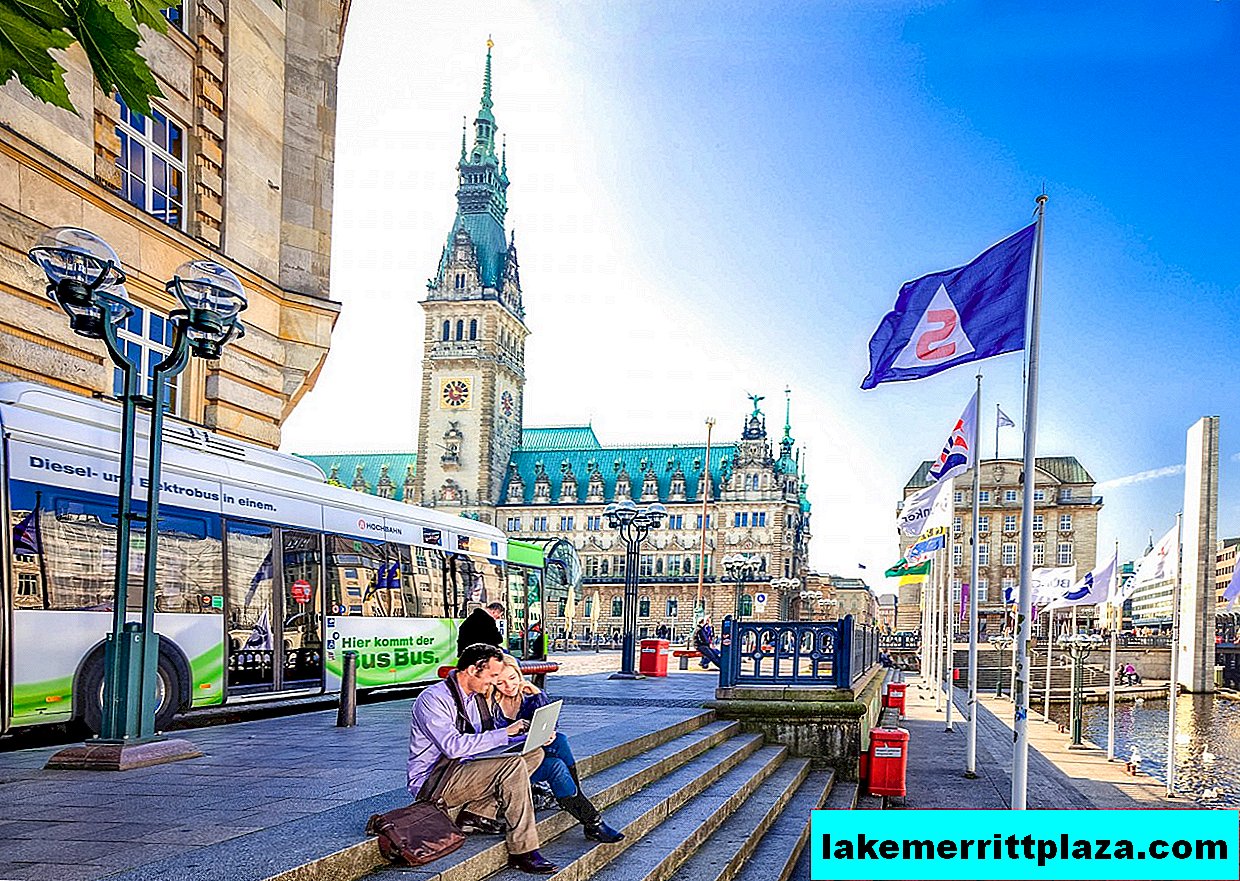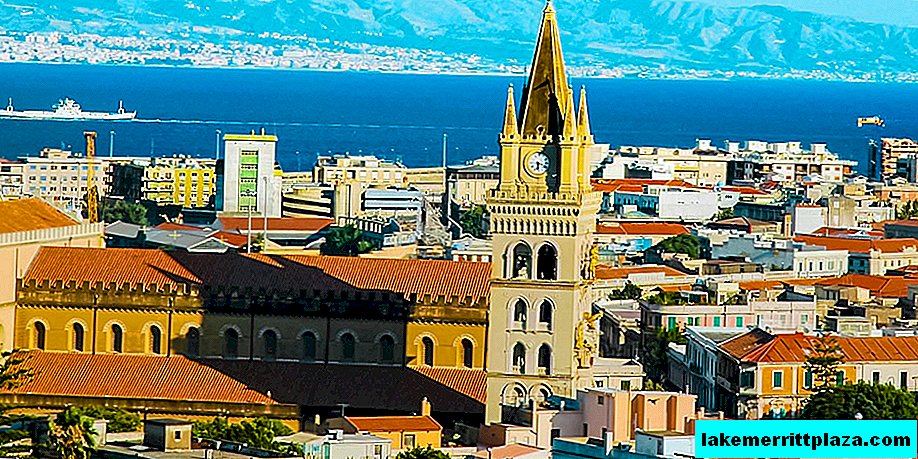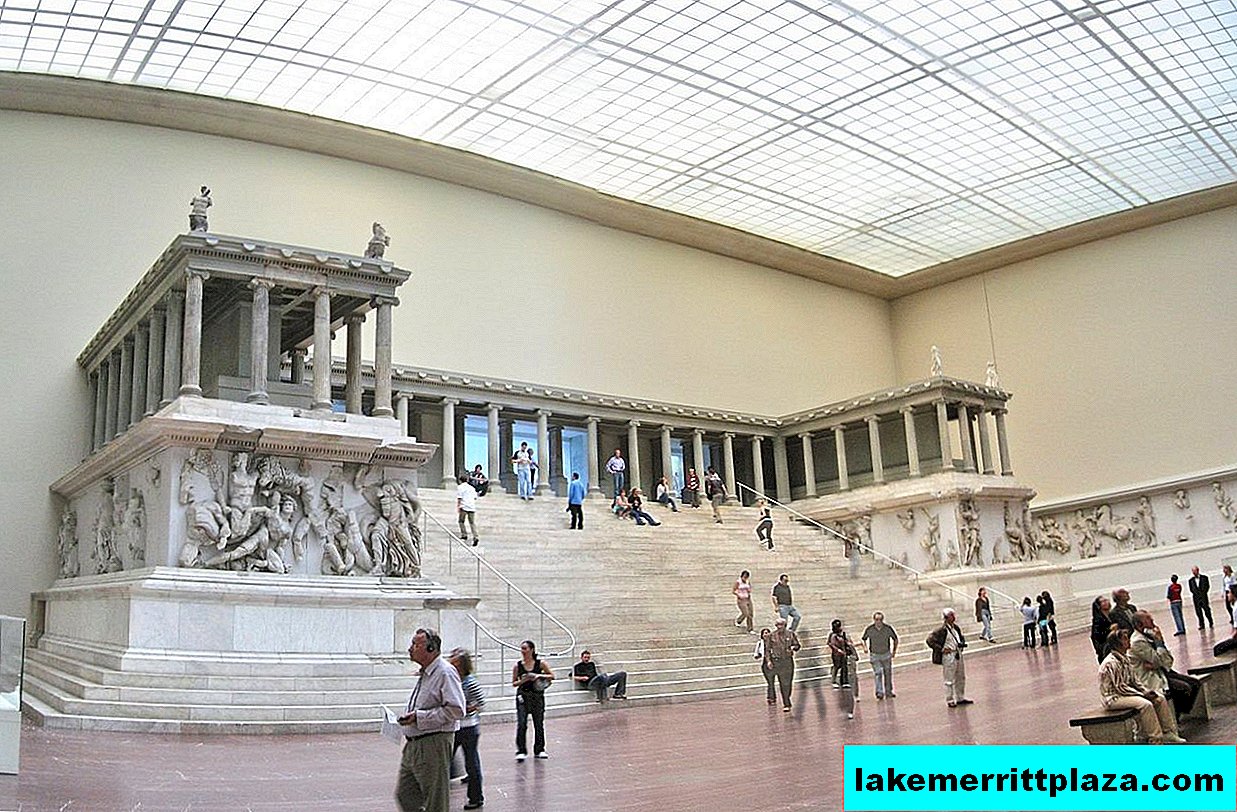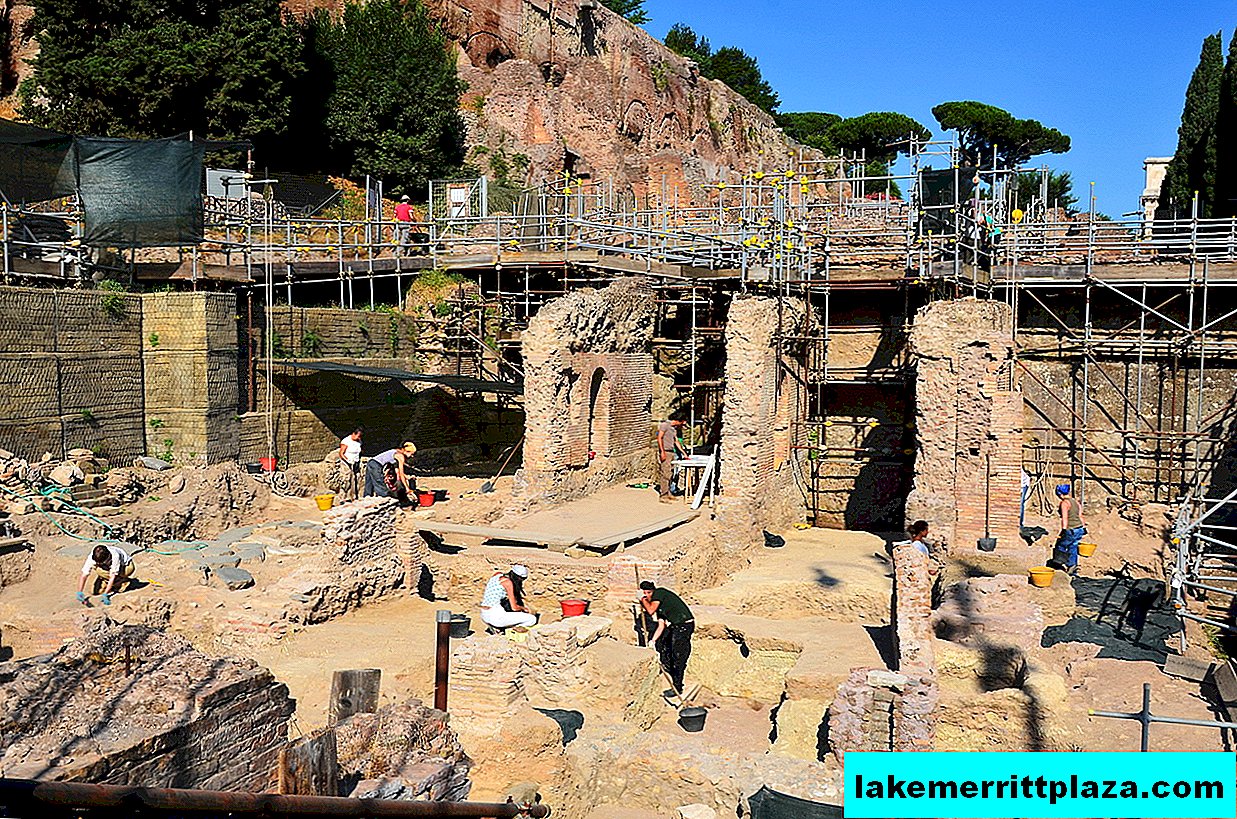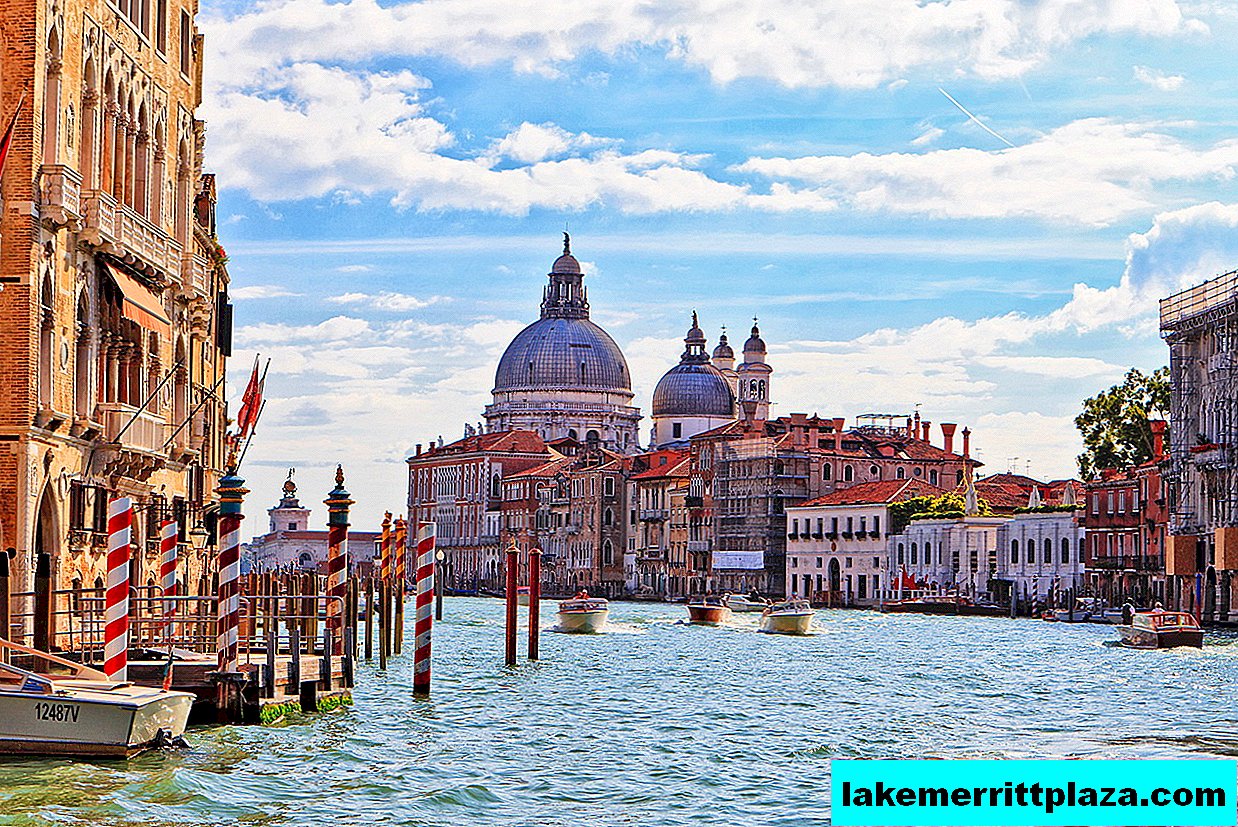It is impossible to imagine the winemaking tradition of Italy without Barolo, the king of grape drinks. Like cream in milk, it rises above the rest of the world in red wines. Connoisseurs compare him with a wonderful person whom you will learn a little. Because every time a bottle of Barolo opens, it gives new, unique emotions and feelings. Do not be afraid of this, without exaggeration, a precious drink. Our article is a free guide and storehouse for the secrets of Piedmontese wine.
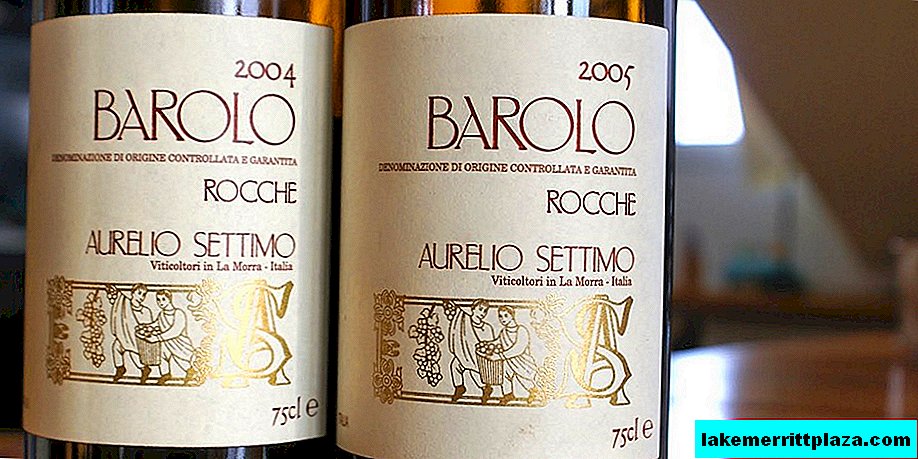
Description
Barolo - red wine from the Piemonte region, marked with the DOCG quality mark. It is made from Nebbiolo grapes. The berries have a thin red skin and are characterized by a high content of acids and tannins.
Barolo must be 100% Nebbiolo. In the 1990s, some winemakers tried to legitimize the inclusion of 10% of the impurities of other grape varieties in the composition of the wine, but their "efforts" were unsuccessful.
The drink has a rich, rich taste. It is often compared with the French Pinot-Noir due to its brick-garnet color and pronounced acidity. Barolo's fruity aroma with notes of flowers, resins and dried herbs. The wine has a wide range of unusual shades: camphor, chocolate, wild garlic, eucalyptus, mint, mulberry, plum, strawberry, tobacco and white truffle.
It is important to note that, despite the general guidelines, there are differences in the taste indices of wines produced in different places. The main influence on the organoleptic of grape berries is exerted by the type of soil (clay, loamy, clay-sandy) on which it grows. For example, on the calcareous soils of La Morra, Nebbiolo yields large yields, and the aroma of the drink is softer, fruity. In Monforte d'Alba (Monforte d'Alba) and Serralunga d'Alba (Serralunga d'Alba) with less fertile sandstones produce the most structured wine with an intense taste. This Barolo takes more time to mature.
According to the rules established by the category, wine must be between the ages of 38 months. At the same time, it is aged for 18 months in oak barrels. The minimum alcohol content is 13%.
Historical information
Compared to other Italian wines, whose history is inextricably linked with the cultivation of grapes and lost in ancient times, the birth of Barolo is associated with Risorgimento and the process of unification of Italy.
Until the mid-19th century, France had a large-scale influence on many aspects of Italians' public life. Even the wines that took pride of place on the tables of aristocrats were brought from the regions of Bordeaux and Burgundy. Local grape varieties, such as Nebbiolo, were mainly used to produce cheap sweet wines.

To improve the technology of winemaking Camillo Benso di Cavour (Camillo Benso conte di Cavour) invited the French oenologist Luis Oudart (Italy) to Italy. He managed to adapt Nebbiolo to obtain dry wine, which quickly gained widespread fame.
Its success was so huge that King Victor Emmanuel II (Vittorio Emanuele II) decided to transfer his vineyards to make a new drink. Barolo also became a favorite alcohol among the Turin nobility and the ruling Savoy dynasty. Since then, it has been called the "wine of kings and the king of wines."
In the XX century, the stages of recognition of the highest quality of Barolo at the legislative level followed. In 1934, the Barolo and Barbaresco Consortium was first convened. In 1966, the drink received the DOC category, and in 1980 - the Name with a Controlled and Guaranteed Origin (DOCG).
Production
The growing areas of grapes intended for the production of Barolo are strictly limited and include the territories of the communes of Barolo, Castiglione Falletto, Serralunga d'Alba and part of the land of the municipalities of La Morra, Monforte d'Alba, Roddi (Roddi) , Verduno, Diano d'Alba, Cherasco, Novello, Grinzane Cavour in the province of Cuneo.
Currently The cultivation of Nebbiolo for winemaking Barolo covers an area of about 1800 hectares. The territory has special requirements. Their height should be not less than 170 m, but not higher than 540 m above sea level. The terrain is hilly, not very sunny.
After harvesting, obtaining the wort and completing the primary fermentation, the stage of aging of the future wine in oak barrels begins. Timber for containers is mainly brought from Slavonia. Although today it is very common to use French or American oak.
Tannins coming to the wort from wood contribute to color stabilization, and also contribute to the loss of some astringency. As a result of long exposure, the wine acquires a softer and round taste.
Barolo is an alcohol that requires a well-defined aging time. Before entering the market, at least 3 years must pass from January 1 of the year following the grape harvest. So, for example, the drink that appeared on the shelves in 2017 refers to the 2013 harvest. For wine marked "Riserva" aging lasts at least 5 years.

In order to improve the organoleptic characteristics of Barolo, it is allowed to mix wines from several crops, but not more than 15% of the main drink. In any case, the added quantity is indicated on the label.
There is also a special type of flavored wine - this is Barolo Kinato (Chinato). It is supplemented with sugar, alcohol and infusions of herbs and spices, such as rhubarb, gentian root, cinnamon, coriander, vanilla, mint. The choice of spices depends on the manufacturer. Kinato is a very aromatic and smooth drink, used as a digestif.
Which Barolo is worth a try
Getting lost in the world of good wine is a snap. On the shelves there are many bottles with the same name "Barolo", but differing in harvest time and producer. As a guideline in Italy, the Vinibuoni d'Italia guide is published, which contains information for consumers about the best drinks with the best value for money. The rating consists of 2 indicators: critics' ratings and customer opinions.

So, TOP 10 Barolo, which is worth buying, referring to the Vinibuoni d'Italia 2017 guide:
- Barolo DOCG "Bussia Dardi Le Rose" 2012, manufacturer Colla di Alba, price 35-42 Euro;
- Barolo DOCG 2012, winery Silvio Grasso di La Morra, price 24-26 Euro;
- Barolo DOCG "Bricco Manzoni" 2012, winery Silvio Grasso di La Morra, price 47-50 Euro;
- Barolo DOCG "Ravera" 2012, winery Giovanni Sordo di Falletto, price 37-40 Euro;
- Barolo DOCG 2012, manufacturer Figli Luigi Oddero di La Morra, price 31-34 Euro;
- Barolo DOCG del Comune di Serralunga 2011, manufacturer Vite Colte di Barolo, price 35-38 Euro;
- Barolo DOCG "Le Coste di Monforte" 2011, winery Cascina Amalia in Langhe di Monforte d'Alba, price 30-32 Euro;
- Barolo DOCG Riserva "Bricco Rocca Riund" 2010, manufacturer Cascina del Monastero di La Morra, price 35-38 Euro;
- Barolo DOCG Riserva "San Bernardo" 2010, winery Palladino di Serralunga d'Alba, price 39-42 Euro;
- Barolo DOCG Riserva 2008, manufacturer Paolo Monzone di Serralunga d'Alba, price 46-49 Euro.
Difference from Barbaresco
Barolo is not the only drink obtained from Nebbiolo grapes. 100% of it consists of wine and Barbaresco. Both are made in Piedmont and have the DOCG category. Ignorant people consider them completely identical or even the same alcohol. Is there a difference between them?

It is customary to say that Barolo is the "king", and Barbaresco is the "queen" of wines. Let's see why:
- For Barbaresco, grapes are grown on more sandy soils, while Nebbiolo for Barolo is harvested mainly on clay territory.
- The minimum aging period of the “Queen” is 2 years, marked “Riserva” - 4 years. "King" matures 3 and 5 years, respectively.
- The taste of Barbaresco is more elegant, soft with notes of red fruits and floral shades. Barolo is famous for its bright tannins and a strict, spicy aroma.
In Italy, gentle Barbaresco is considered wine for women, and rough Barolo is considered a drink for men.
How and with what to drink
Despite its famous name - the king of wines, Barolo can be drunk without waiting for special occasions. It is an ideal drink, both for celebration and for daily meals. While more prestigious views, such as Riserva, can cost decent money, there are quite affordable Barolo options of excellent quality.
Serve the "king" at a temperature of 18-20 degrees in glasses called "Piedmont". Although, in general, any "pot-bellied" wine glasses with a long leg and a narrowed neck will do.

"His Majesty" perfectly accompanies with unsweetened dishes of red meat (stewed, baked on the grill), as well as with game in any of its incarnations. The wine goes well with cheeses with a rich taste, but not spicy, like Parmigiano Reggiano or Grana Padano. It is best to opt for Castelmagno or Gorgonzola.
The highly concentrated tar and rose scent makes Barolo an unrivaled truffle companion. A combination of wine with dry unsweetened cookies is considered ideal from baking. Given its richness and intensity, the drink can be safely drunk without eating food. For example, between lunch and dinner to relax.

Flavored Barolo Chinato is great as an accompaniment to desserts (especially with a high cocoa content). It is also drunk hot (option called "punch") or as an aperitif.
There are many recipes using Barolo to add an unusual flavor to dishes. Among the most popular are stews and fried meat with wine, stews and risotto al Barolo, eel and hare marinated in alcohol.
It is worth noting that experts recommend using Barolo for 5-10 years from the date of manufacture. Although on sale there is a wine with 20-25 years of aging.
Price in Russia
With the prices of the best Barolo in Italy, we introduced you above. Now it's time to find out how much you can buy wine in domestic markets.

The cost of a 0.75 liter bottle of Italian drink starts at 2100 rubles and grows depending on the year of harvest and the producer. The price of some options marked Riserva exceeds 30,000 rubles.
Now you are equipped with everything, so as not to fall into the mud face in front of "His Majesty." Of course, you can buy a bottle of Barolo at home, but, nevertheless, remember that the best accompaniment for this drink will be the luxurious air of Italy.

